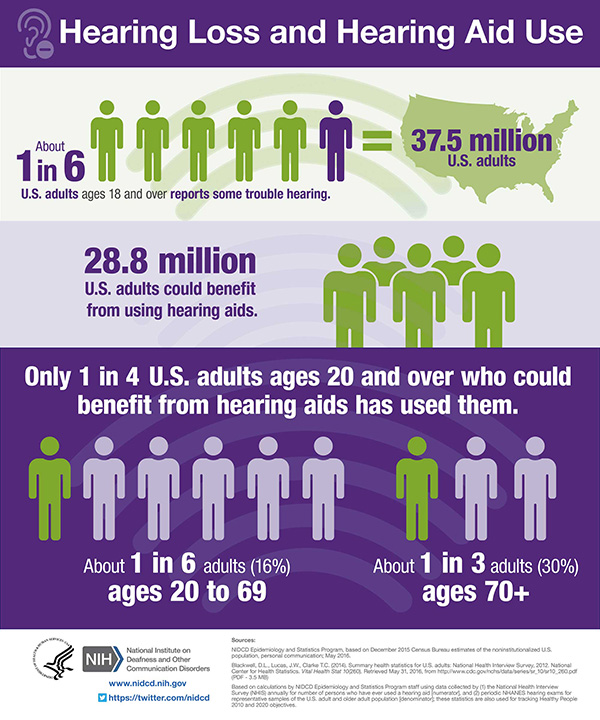Dyslexia Tutoring: Techniques And Techniques For Efficient Learning
Dyslexia Tutoring: Techniques And Techniques For Efficient Learning
Blog Article
Short Article By-Lillelund Kaae
If you're working with a trainee who has dyslexia, you understand exactly how important it is to embrace the right approaches. Customizing your strategy to fit their special needs can make a significant distinction in their understanding trip. By incorporating multisensory methods and organized proficiency programs, you can help them build necessary skills. Yet what certain methods can you apply to really promote their confidence and development? Let's check out these efficient methods with each other.
Recognizing Dyslexia and Its Effect On Understanding
Comprehending dyslexia is critical due to the fact that it affects how people discover and refine details. If you or someone you understand has dyslexia, you'll notice obstacles with analysis, spelling, and creating. This isn't a reflection of intelligence; it's about exactly how the mind analyzes language.
You may struggle with phonemic recognition, making it difficult to link audios to letters. This can result in irritation and reduced self-esteem in scholastic atmospheres. Identifying these patterns is essential for creating supportive knowing experiences.
You'll locate that early intervention and tailored approaches can dramatically boost end results. By comprehending the special methods dyslexia influences finding out, you can cultivate a more comprehensive atmosphere, assisting those influenced flourish and recognize their full possibility.
Efficient Coaching Approaches for Dyslexic Pupils
Recognizing the difficulties dyslexic pupils deal with unlocks to effective tutoring strategies that can make an actual difference in their knowing trip.
First, make use of multisensory strategies; combine visual, acoustic, and kinesthetic strategies to involve them completely. Integrate structured literacy programs, concentrating on phonics, phonemic understanding, and vocabulary.
Break down jobs right into smaller, manageable actions to avoid frustrating them. Encourage frequent practice and repetition, reinforcing learning without irritation. Use favorable support to enhance their confidence and inspiration.
Dressmaker your techniques to their one-of-a-kind staminas, and be patient as they progress. Last but not least, keep open communication with parents to sustain their knowing in your home.
Producing a Supportive Discovering Environment
Producing an encouraging discovering environment is essential for assisting dyslexic pupils grow. Beginning by making sure https://www.express.co.uk/life-style/health/1670250/princess-beatrice-health-dyslexia-symptoms is quiet and devoid of interruptions, permitting them to focus totally on their tasks.
Usage flexible seating setups that advertise convenience and engagement. Incorporate aesthetic aids and hands-on products to enhance discovering ideas, catering to their distinct processing designs.
Urge open communication, so trainees feel risk-free sharing their struggles and requesting for assistance. Celebrate their successes, regardless of exactly how tiny, to boost their confidence.
Develop a routine to offer framework, which can minimize stress and anxiety. Last but not least, foster collaboration with peers, as social interaction can improve discovering and provide emotional support.
Your initiatives will certainly develop a nurturing atmosphere that promotes development and durability.
Final thought
In conclusion, efficiently coaching a dyslexic student needs a mix of understanding, customized strategies, and a helpful environment. By using cognitive behavioral therapy kids and organized proficiency programs, you can assist enhance vital abilities and enhance self-confidence. Bear in mind to maintain communication open, break tasks into smaller sized actions, and commemorate development, despite just how tiny. With your dedication and the ideal technique, you can make a significant distinction in their academic trip and total health.
